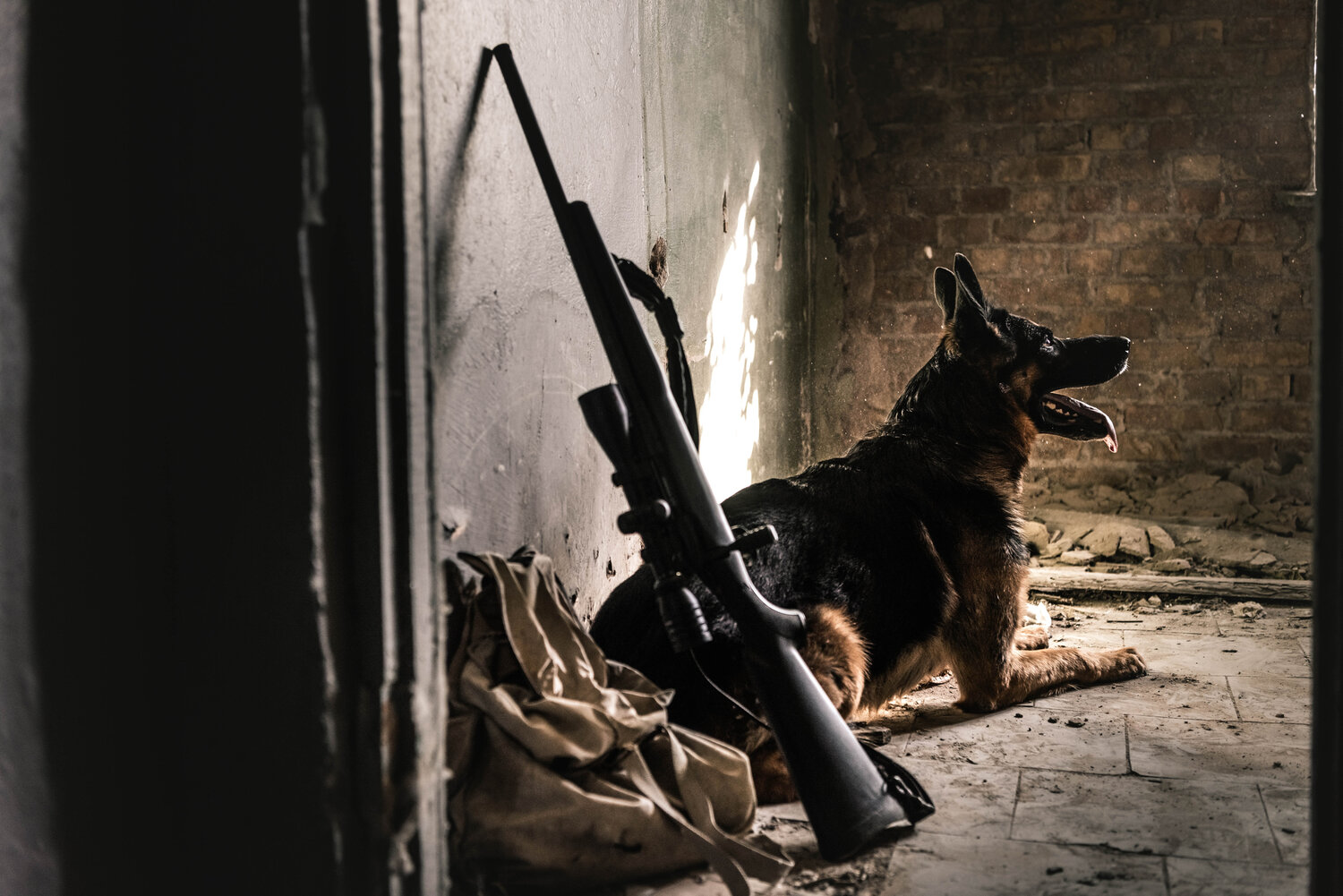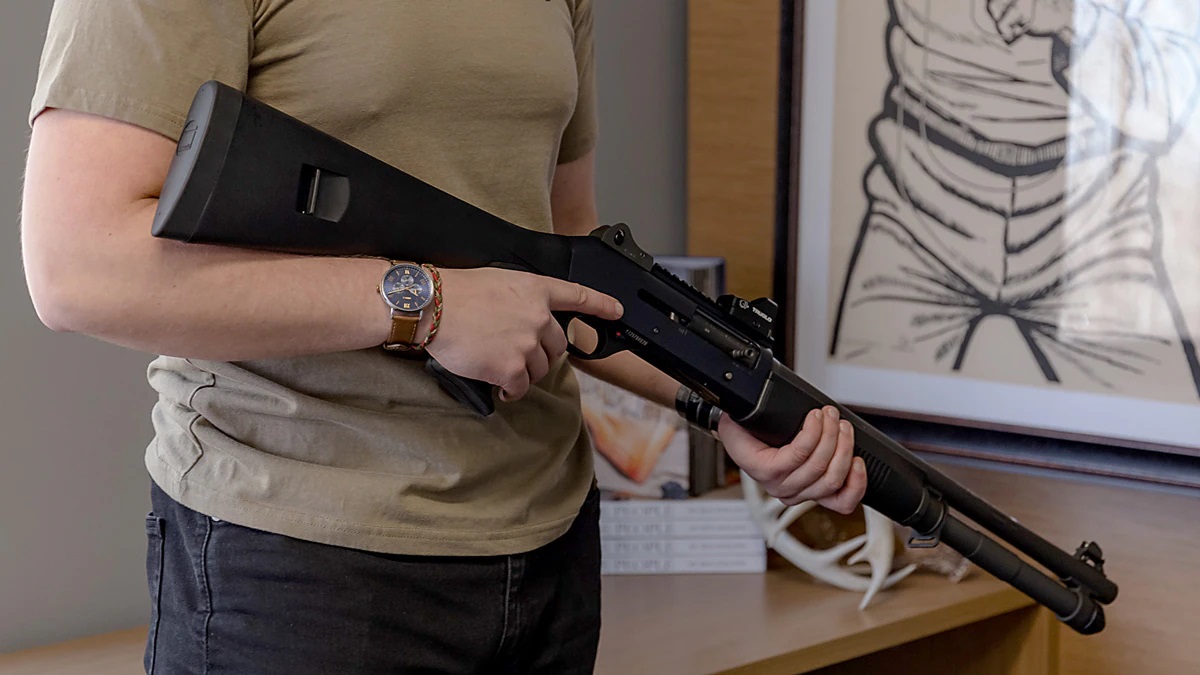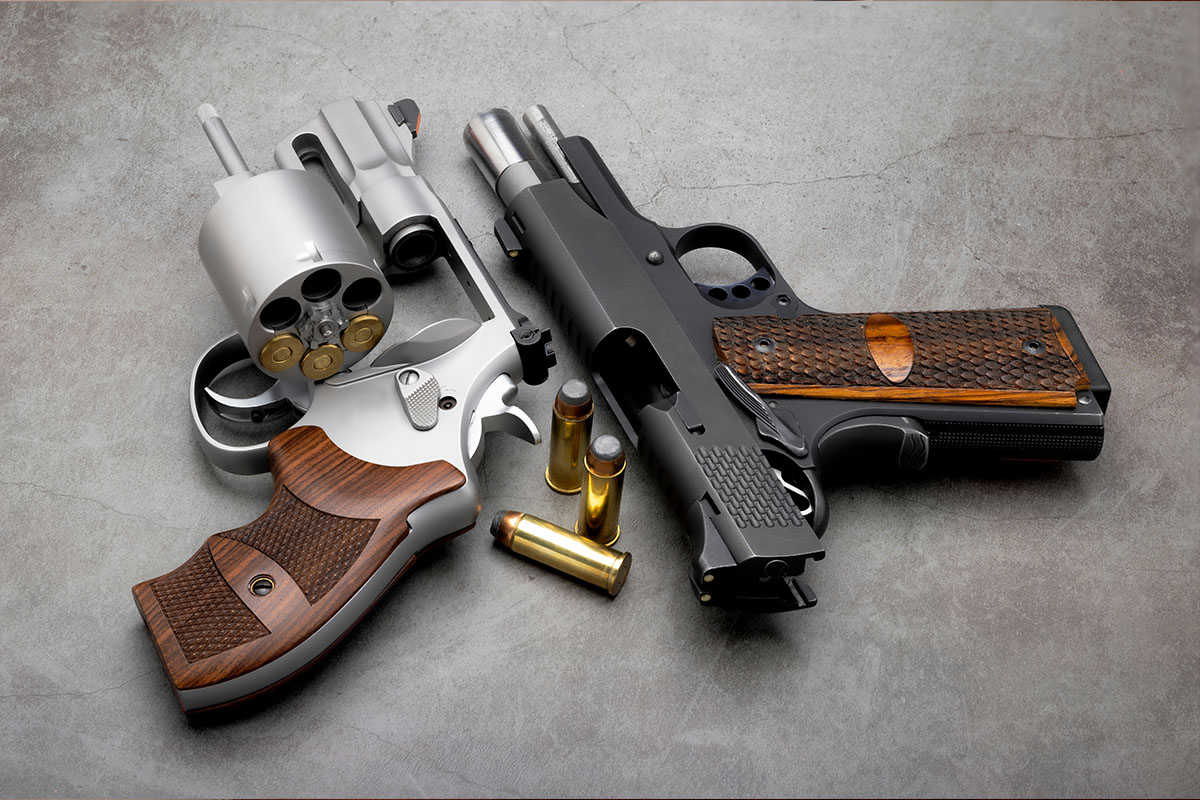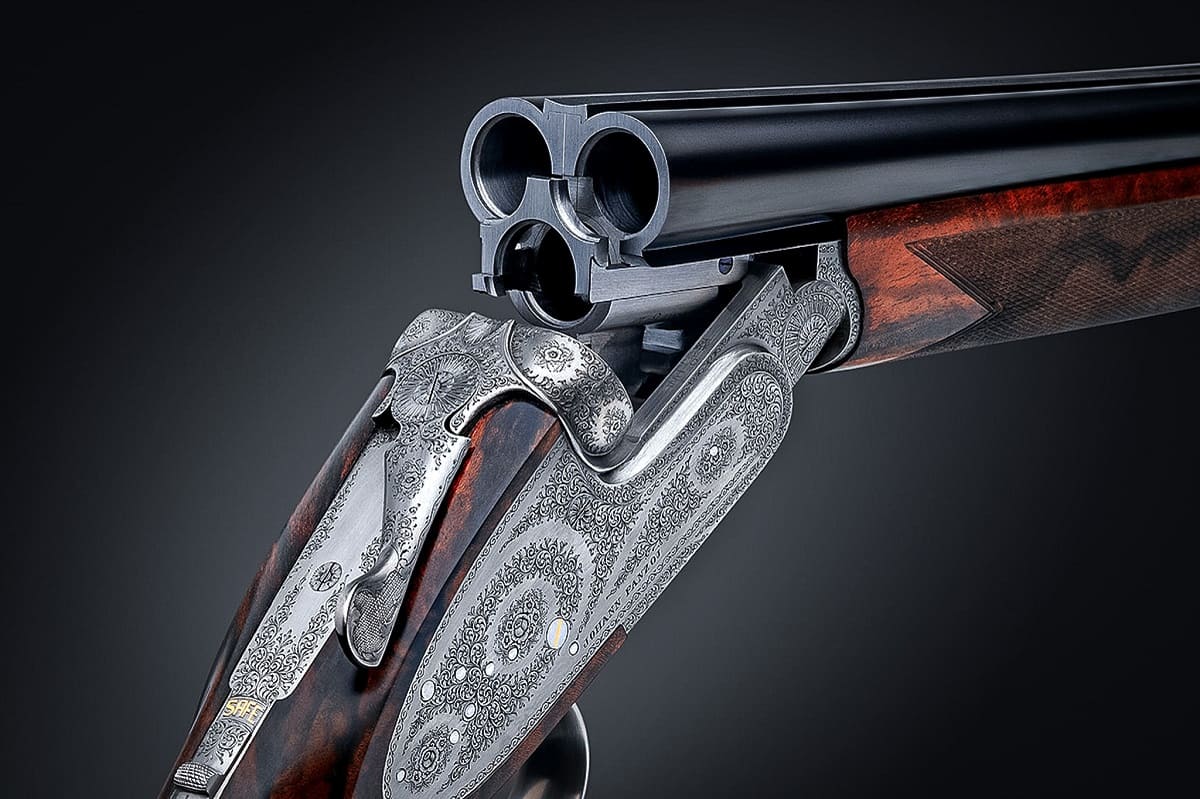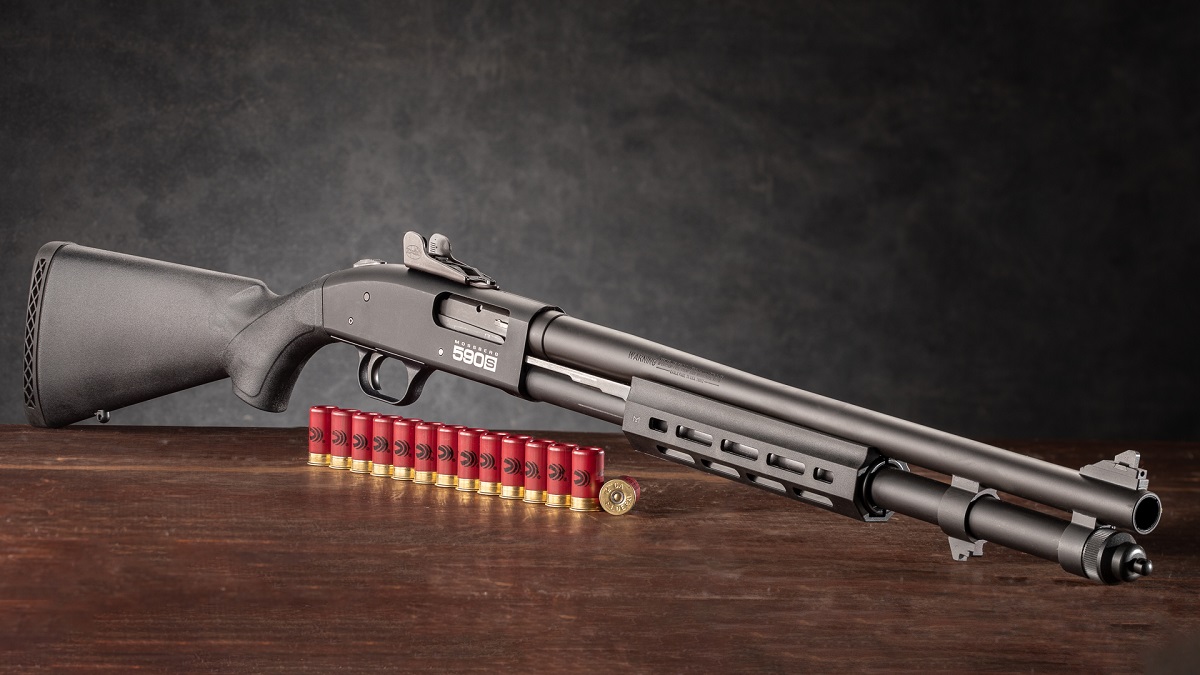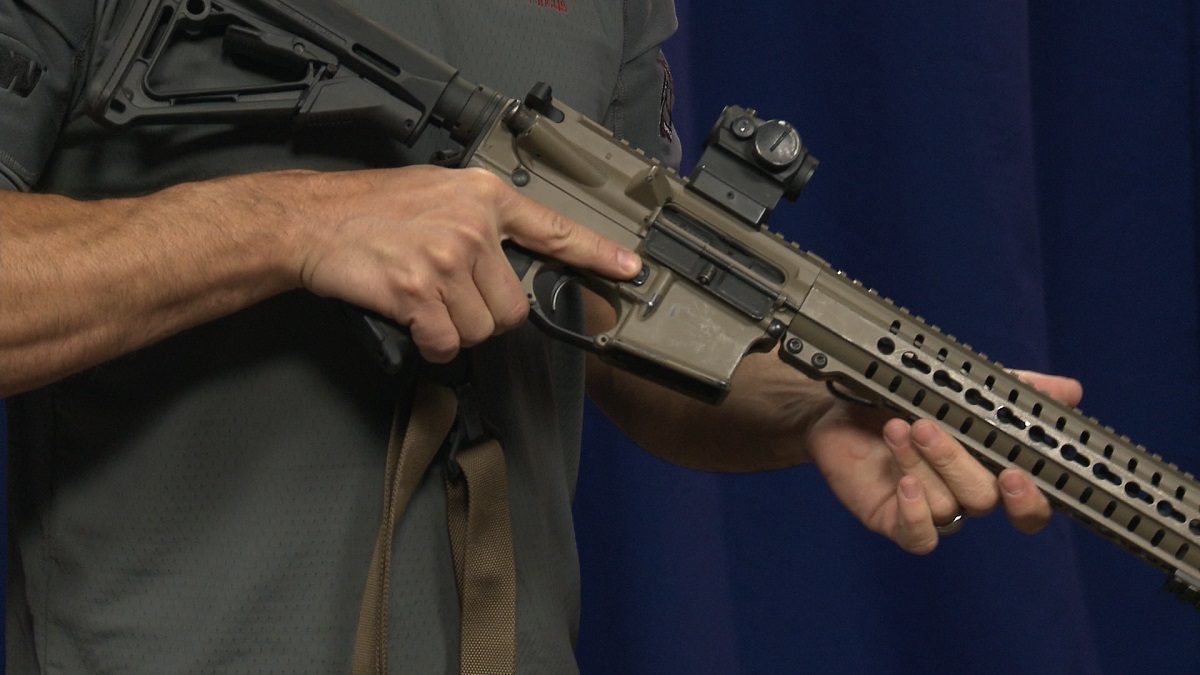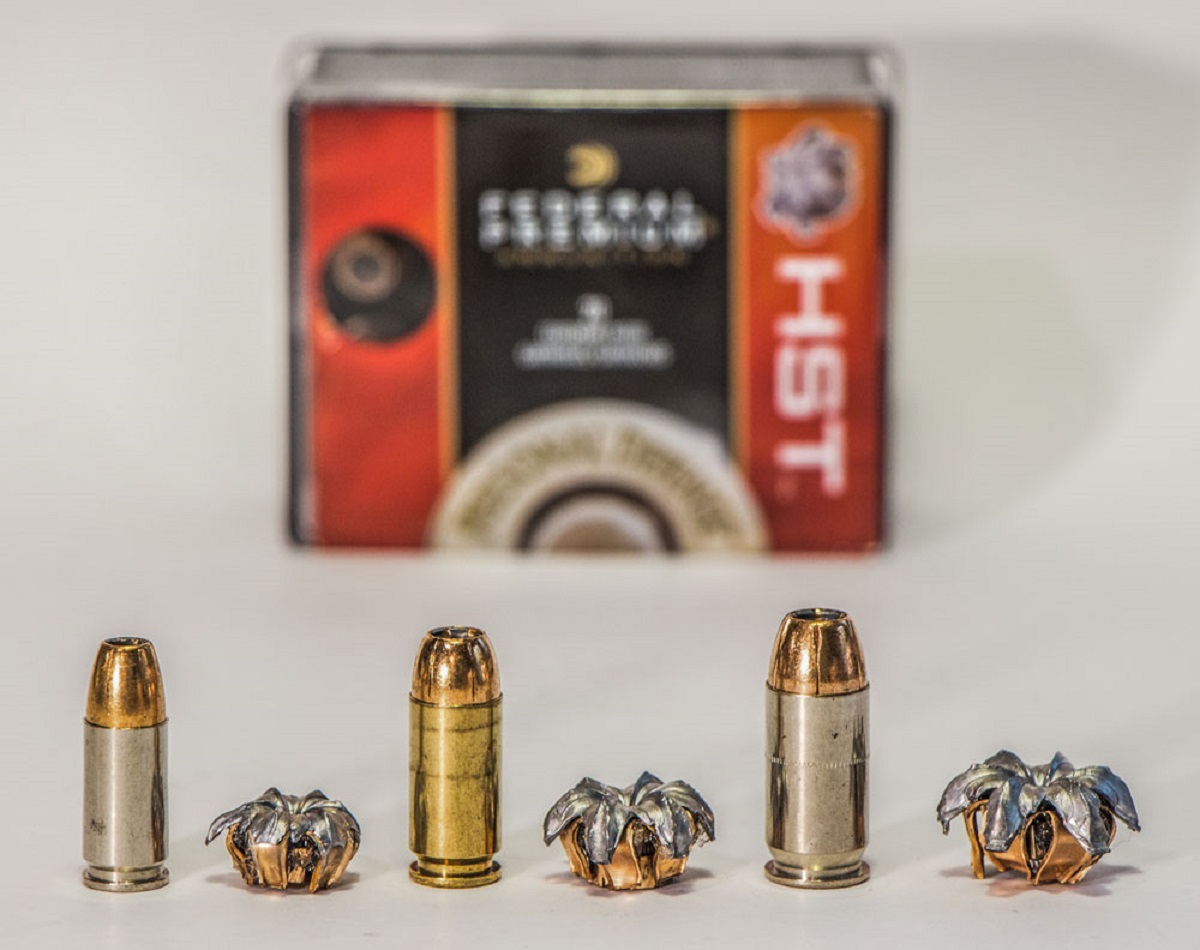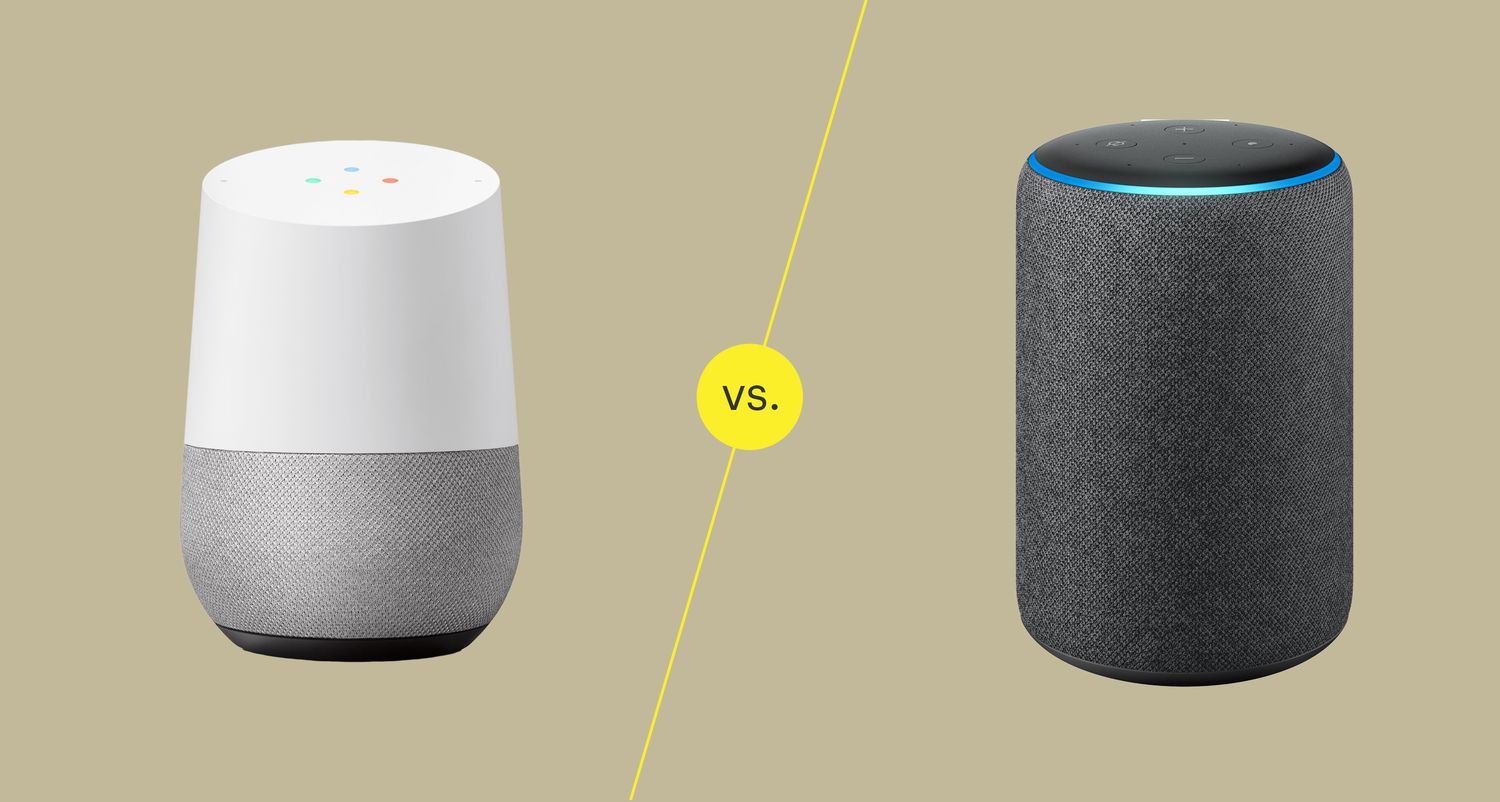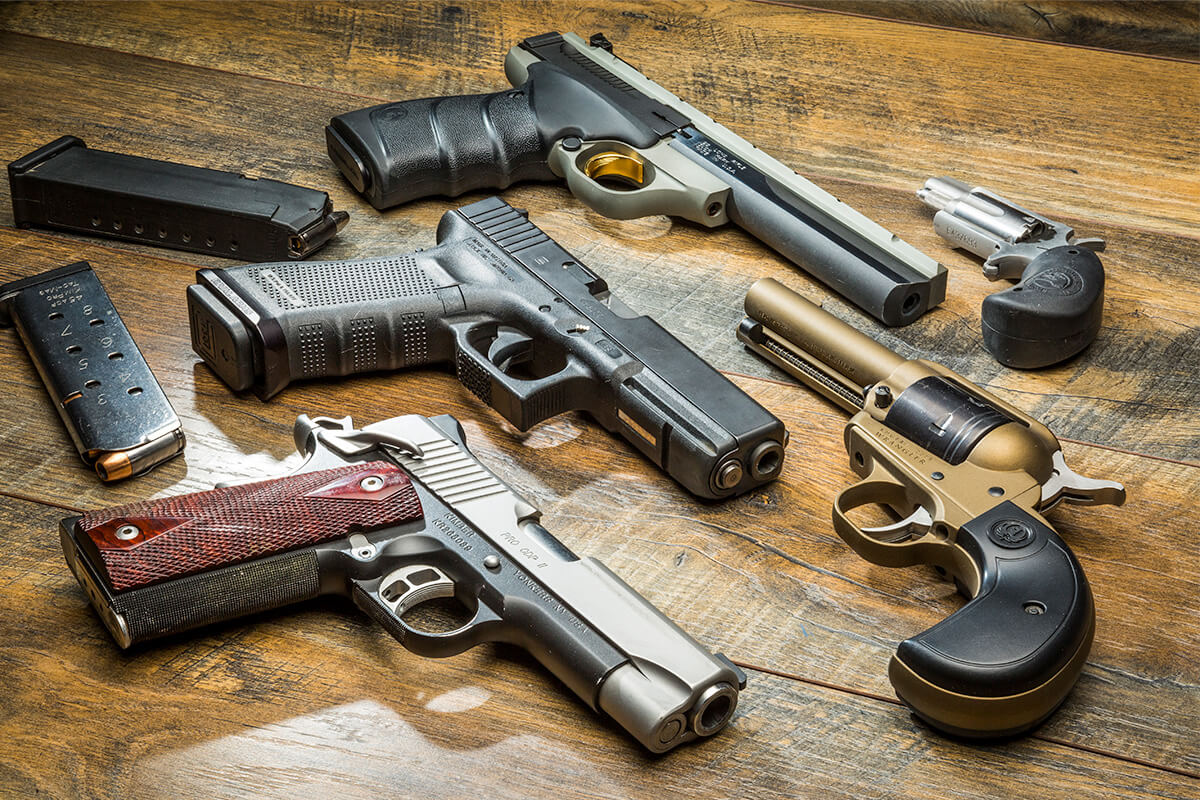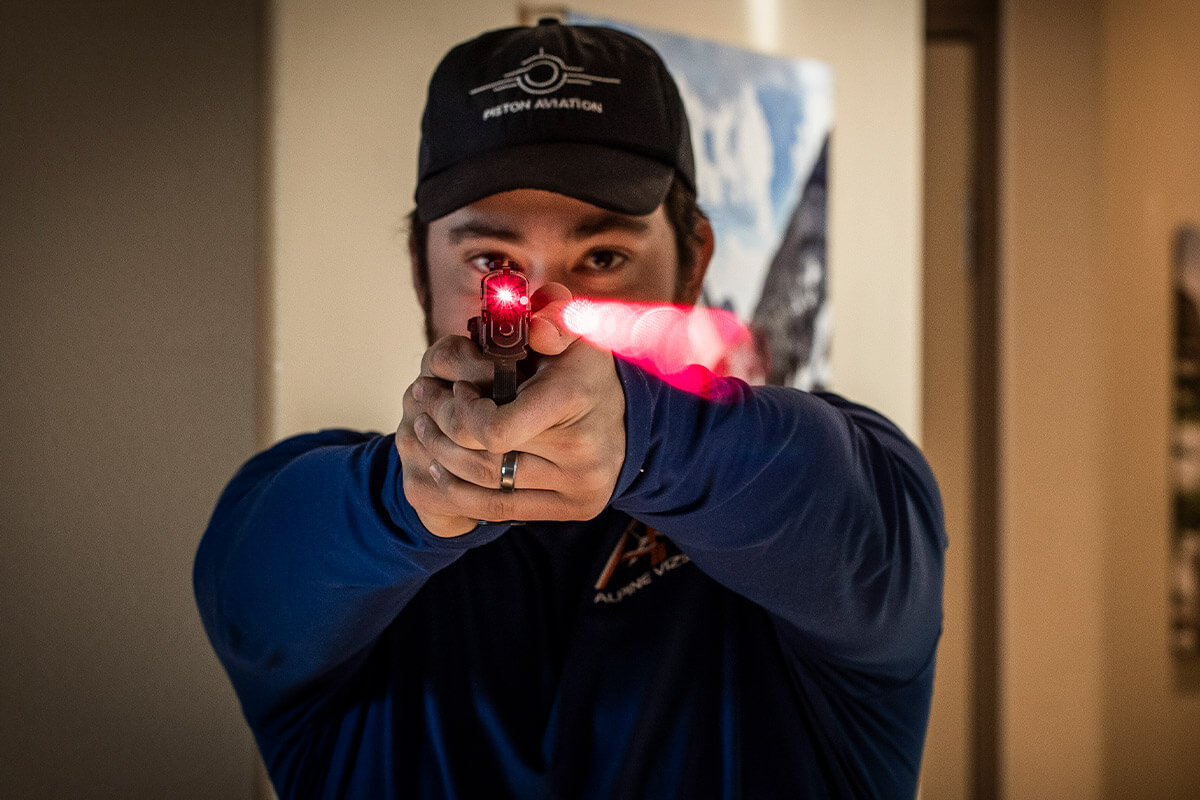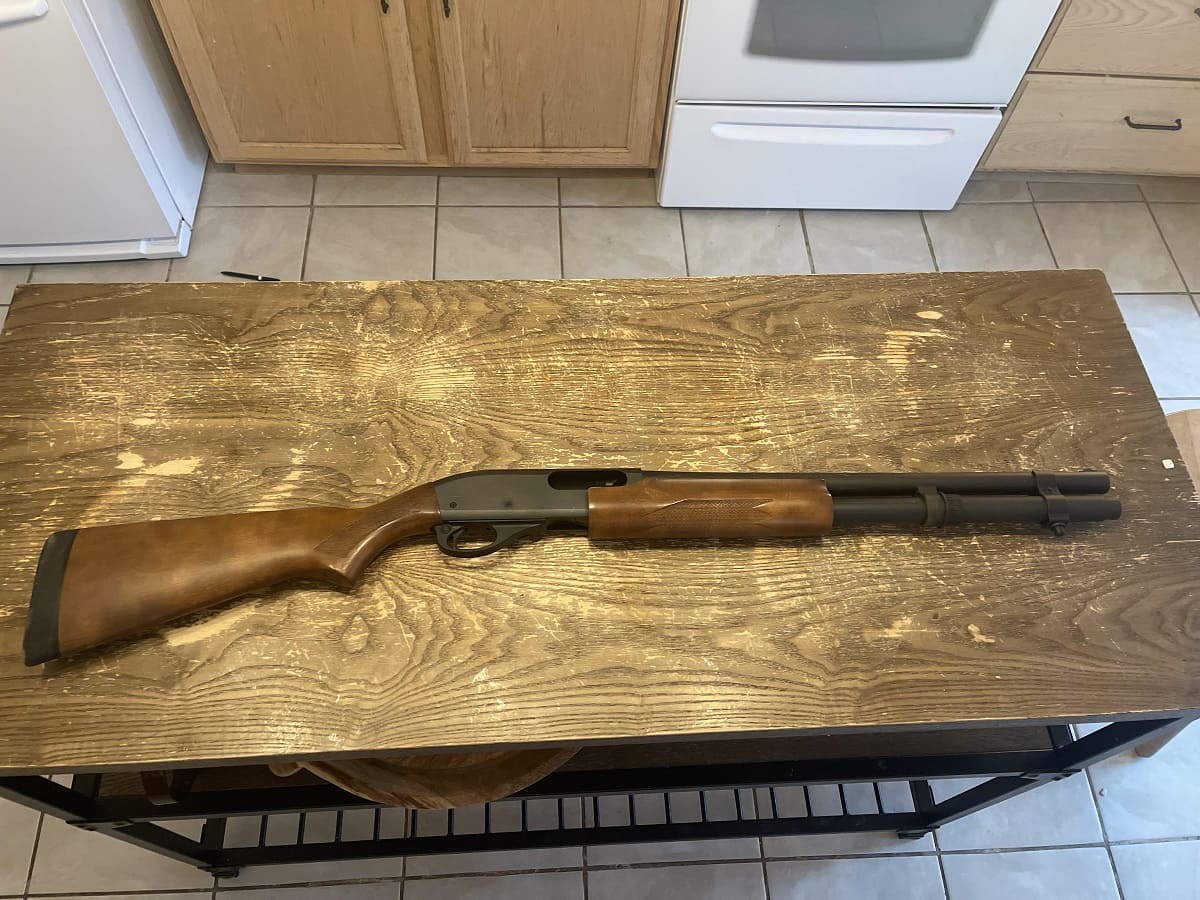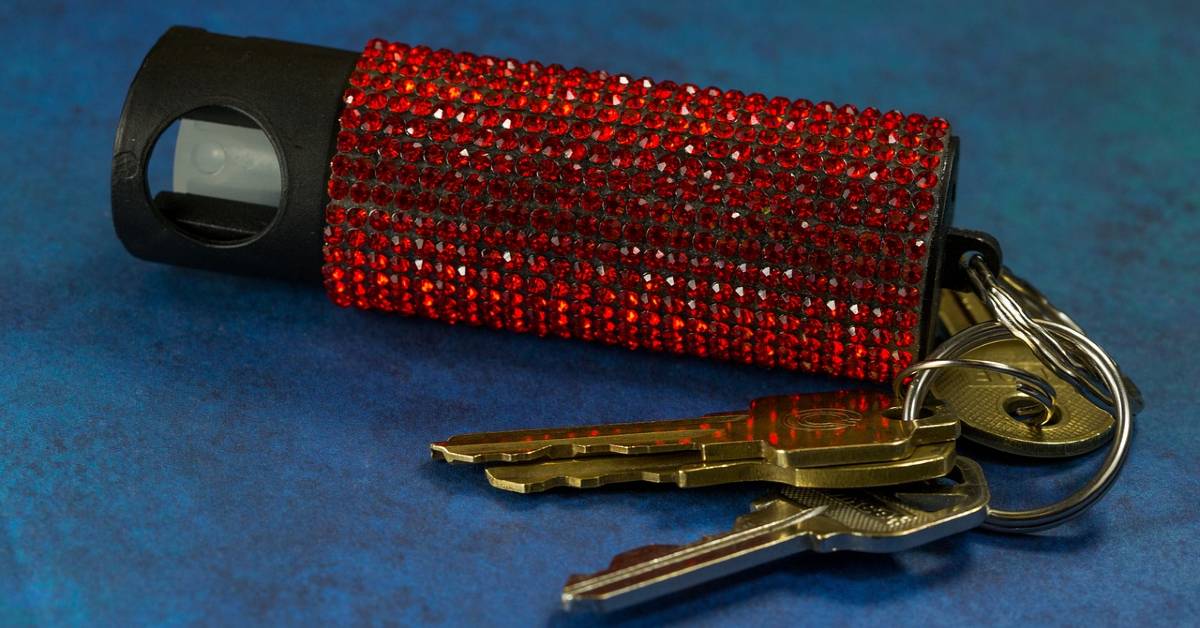Home>Home Security and Surveillance>Which Is Better For Home Defense: 5.56 Or 300 Blackout
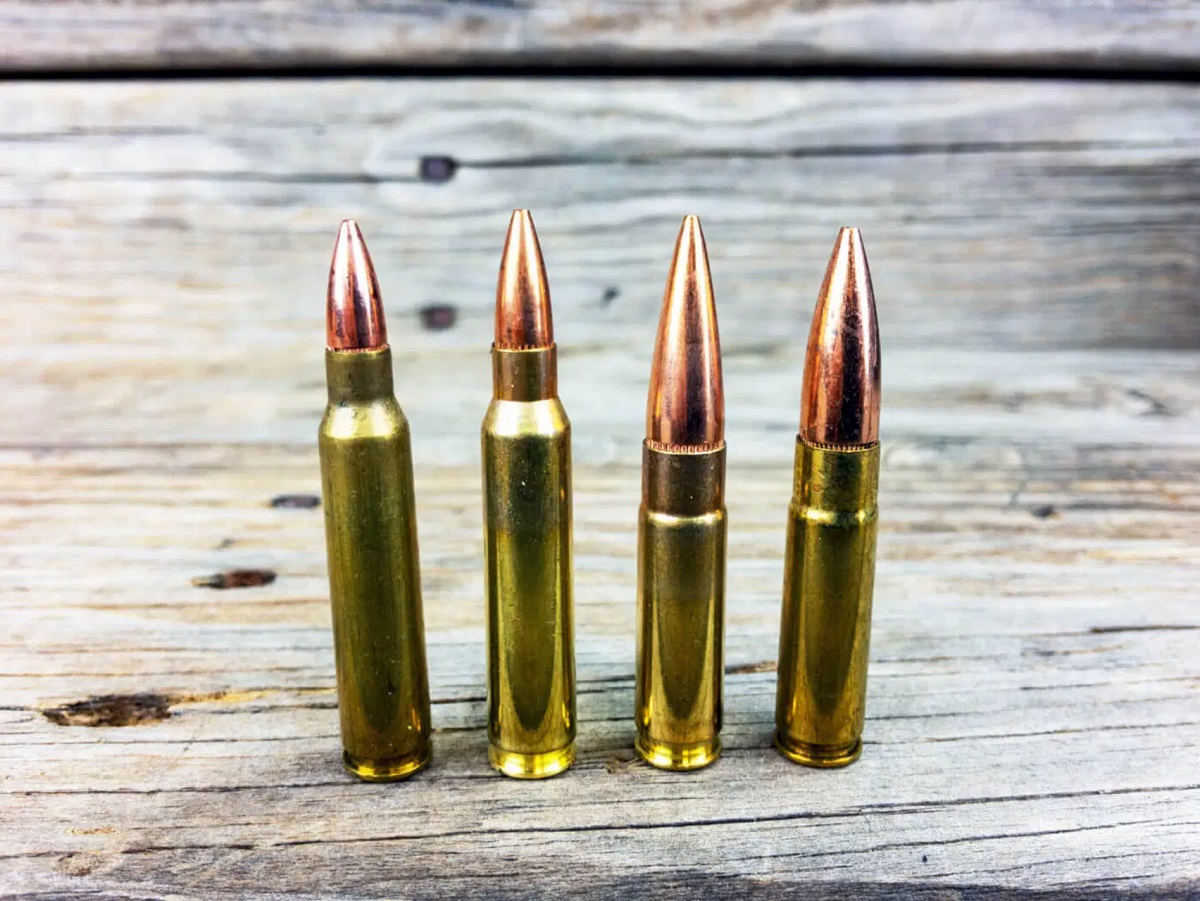

Home Security and Surveillance
Which Is Better For Home Defense: 5.56 Or 300 Blackout
Modified: March 6, 2024
Find out which caliber is best for home defense: 5.56 or 300 Blackout. Improve your home security and surveillance with the right choice.
(Many of the links in this article redirect to a specific reviewed product. Your purchase of these products through affiliate links helps to generate commission for Storables.com, at no extra cost. Learn more)
Introduction
When it comes to home defense, selecting the right firearm and ammunition can make all the difference in ensuring the safety of your loved ones and property. Two popular choices for home defense are the 5.56mm and 300 Blackout rounds. Both offer unique advantages and considerations that should be carefully weighed before making a decision.
The 5.56mm round, also known as the .223 Remington, has been the standard caliber for the military and law enforcement agencies for many years. It is a highly versatile round with a reputation for accuracy and high muzzle velocity. On the other hand, the 300 Blackout, also known as the .300 AAC Blackout, is a newer cartridge specifically designed for short-barrel rifles and optimized for suppressed use.
In this article, we will explore the differences between the 5.56mm and 300 Blackout rounds to help you determine which is better suited for your home defense needs.
Key Takeaways:
- When choosing between the 5.56mm and 300 Blackout rounds for home defense, consider factors like maneuverability, noise level, and ammunition availability. Each round has unique strengths and is suited for different home defense needs.
- Understanding legal requirements, magazine capacity, and recoil can help you make an informed decision between the 5.56mm and 300 Blackout rounds for home defense. Consider your specific needs and priorities to select the best option for your situation.
Basics of 5.56 and 300 Blackout
The 5.56mm round was introduced in the 1960s and quickly gained popularity due to its adoption by the U.S. military. It is a small-caliber, high-velocity cartridge that is known for its flat trajectory and excellent range. The 5.56mm round is typically fired from rifles with a barrel length of around 16 inches, although it can be fired from shorter barrels as well.
On the other hand, the 300 Blackout was developed by AAC (Advanced Armament Corporation) and was specifically designed to be fired from short-barreled rifles and used with suppressors. It is a larger caliber round compared to the 5.56mm, with a bullet diameter of .308 inches. The 300 Blackout can be fired from rifles with barrel lengths as short as 9 inches, making it a popular choice for compact and maneuverable firearms.
One key difference between the two rounds is bullet weight. The 5.56mm typically uses lighter bullets ranging from 55 to 77 grains, while the 300 Blackout often employs heavier bullets in the range of 110 to 220 grains. This difference in bullet weight contributes to variations in ballistic performance and terminal effect.
It’s important to note that while the 5.56mm is a NATO-standard cartridge and widely available, the 300 Blackout is a more specialized round and may require a bit more effort to find suitable ammunition.
Next, let’s compare the ballistics of the 5.56mm and 300 Blackout rounds.
Ballistics Comparison
When comparing the ballistics of the 5.56mm and 300 Blackout rounds, several factors come into play, including muzzle velocity, energy, and trajectory.
In terms of muzzle velocity, the 5.56mm generally achieves higher velocities, especially when fired from longer barrels. This higher velocity contributes to a flatter trajectory and better long-range performance. On the other hand, the 300 Blackout tends to have lower muzzle velocities, particularly when fired from shorter barrels. However, it offers superior performance at closer ranges, making it a suitable choice for home defense scenarios.
When it comes to energy, the 300 Blackout typically delivers more energy at close distances due to its heavier bullets. This increased energy transfer can result in enhanced stopping power and terminal ballistics. The 5.56mm, on the other hand, may have slightly less energy but still provides effective stopping power, especially with proper shot placement.
In terms of trajectory, the 5.56mm has a flatter trajectory, meaning it experiences less drop over distance compared to the 300 Blackout. This flatter trajectory makes it easier to aim and shoot accurately at longer ranges. However, for home defense purposes where engagement distances are typically shorter, the trajectory difference may not be a significant factor.
It’s important to note that the specific ballistic performance of each round can vary depending on the load, bullet type, and barrel length. Therefore, it’s crucial to consider these factors and select ammunition that is optimized for the intended use.
Next, let’s examine the stopping power of the 5.56mm and 300 Blackout rounds.
Stopping Power
Stopping power refers to a round’s ability to incapacitate a threat and quickly stop an assailant from posing a further threat. When it comes to home defense, the level of stopping power is a critical factor to consider.
The 5.56mm round, although smaller in caliber, has been proven effective in stopping threats through its high velocity and fragmentation. Upon impact, the 5.56mm bullet tends to break apart, creating multiple wound channels and increasing the likelihood of incapacitating an attacker. This fragmentation effect can lead to rapid energy transfer and significant tissue damage.
On the other hand, the 300 Blackout round, with its heavier and larger caliber bullet, offers good stopping power as well. Its larger size carries more kinetic energy, resulting in deeper penetration and the potential for greater tissue damage. The 300 Blackout generally retains its mass better than the 5.56mm, which can lead to better penetration through barriers such as clothing or walls.
It’s important to remember that stopping power is not solely determined by the cartridge used, but also by shot placement and bullet design. Both the 5.56mm and 300 Blackout can effectively stop threats when placed accurately in vital areas such as the center mass.
Ultimately, the decision between the 5.56mm and 300 Blackout boils down to personal preference, specific requirements, and the environment in which the firearm will be used for home defense.
Next, we will discuss penetration and overpenetration, which are crucial considerations in a home defense scenario.
Penetration and Overpenetration
When it comes to home defense, the issue of penetration and overpenetration is of utmost importance. Penetration refers to the ability of a bullet to penetrate and reach the intended target, while overpenetration is when the bullet continues to travel through the target and potentially reach unintended targets or go through walls.
The 5.56mm and 300 Blackout rounds have different characteristics when it comes to penetration and overpenetration.
The 5.56mm round, with its higher velocity and fragmentation, is known for its tendency to fragment upon impact, which can limit overpenetration. However, it can still penetrate through barriers such as walls, especially if using certain bullet types or higher grain weights. This means that careful shot placement is crucial to avoid collateral damage.
On the other hand, the 300 Blackout typically has higher bullet weight, which can result in deeper penetration. While this may be advantageous in situations where barriers need to be penetrated, it also increases the risk of overpenetration. It is essential to choose the appropriate ammunition and consider the layout of your home to minimize the risk of unintended targets being struck.
It is important to evaluate the potential risks and take measures to mitigate them. This can include using frangible or hollow-point ammunition designed to fragment or expand upon impact, or using barrier-specific rounds that are less likely to overpenetrate.
Additionally, choosing the right bullet type, such as those designed for home defense with controlled expansion and minimal risk of overpenetration, can help strike a balance between stopping power and avoiding collateral damage.
Next, let’s discuss recoil and controllability, which can significantly impact your ability to engage targets accurately and quickly in a home defense situation.
Read more: What Type Of 5.56 Ammo For Home Defense
Recoil and Controllability
Recoil and controllability are crucial factors to consider when selecting a firearm and ammunition for home defense. Recoil refers to the backward movement of the firearm after firing, while controllability refers to the ease with which the shooter can manage and control the firearm during rapid fire.
The 5.56mm round is known for its relatively mild recoil. The combination of lighter bullet weights and higher velocities helps reduce felt recoil, allowing for quicker follow-up shots and improved accuracy. This is especially beneficial in high-stress situations, where quick and accurate shot placement is essential.
On the other hand, the 300 Blackout, with its heavier bullet weights, tends to have slightly more felt recoil. This increase in recoil can affect the shooter’s ability to maintain control of the firearm during rapid-fire situations. However, the recoil of the 300 Blackout is still manageable for most shooters, particularly when using proper shooting techniques and employing a firearm with the appropriate weight and build.
Controllability can also be influenced by factors such as firearm design, grip ergonomics, and muzzle devices like compensators or muzzle brakes. These elements can help mitigate recoil and enhance the shooter’s ability to maintain control over the firearm, allowing for faster and more accurate follow-up shots.
It is important to consider your own comfort and proficiency with managing recoil and maintaining control of the firearm when making a choice between the 5.56mm and 300 Blackout rounds for home defense.
Ultimately, the decision should be based on your personal shooting abilities, preferences, and needs. Next, we will discuss the magazine capacity considerations for the two rounds.
When considering 5.56 vs 300 Blackout for home defense, consider factors such as overpenetration, terminal ballistics, and ammunition availability. Research and test both calibers to determine which best suits your needs.
Magazine Capacity
Magazine capacity is an important factor to consider when selecting a firearm and ammunition for home defense. Having an ample number of rounds readily available can provide a significant advantage in a self-defense situation, allowing for multiple engagements without the need for frequent reloading.
The 5.56mm round is typically used in rifles with a standard magazine capacity of 30 rounds. This capacity provides a substantial amount of ammunition for engaging multiple targets or addressing a persistent threat. Additionally, the popularity of the 5.56mm round has led to the development of high-capacity magazines, with capacities ranging from 40 to even 100 rounds, increasing the firepower available to the shooter.
On the other hand, the 300 Blackout round, although it can also use standard 30-round magazines designed for the AR-15 platform, may have limited availability of high-capacity magazines due to its less widespread use. However, 30 rounds should still provide ample firepower for most home defense scenarios.
It’s important to note that magazine capacity considerations should be balanced with the potential weight and size of the firearm. A firearm with a larger magazine capacity may be heavier and bulkier, which can affect maneuverability and ease of use, particularly in confined spaces.
Additionally, it’s crucial to consider the legalities surrounding magazine capacity in your jurisdiction. Some areas have restrictions on magazine capacity, limiting the number of rounds you can have in a magazine. Be sure to familiarize yourself with local laws to ensure compliance.
It’s also worth mentioning that while having a higher magazine capacity can be advantageous, it should not overshadow the importance of shot placement and accuracy. In a self-defense situation, well-placed shots are much more effective than a high volume of poorly aimed rounds.
Next, let’s explore the considerations of suppression and subsonic capability for the 5.56mm and 300 Blackout rounds.
Suppression and Subsonic Capability
Suppression and subsonic capability are factors to consider when selecting a firearm and ammunition for home defense, especially if you are interested in maintaining stealth or reducing the noise level during engagements.
The 5.56mm round is typically supersonic, meaning it travels faster than the speed of sound. As such, it produces a distinct sonic crack as it breaks the sound barrier, which can be quite loud and draw attention. This can be disadvantageous in a home defense scenario where keeping a low profile is desired.
On the other hand, the 300 Blackout round was specifically designed with subsonic use in mind. It is capable of being fired at a velocity below the speed of sound, which eliminates the sonic crack. This can significantly reduce the noise produced by the round, making it more suitable for situations where stealth is a priority.
In addition to subsonic capability, the 300 Blackout also pairs well with suppressors or silencers. By adding a suppressor to a firearm chambered in 300 Blackout, the noise signature can be further reduced, providing a more discreet operation during home defense scenarios.
It’s important to note that while the 5.56mm can be suppressed as well, its supersonic nature means that the sonic crack cannot be eliminated. This can limit the full benefits of suppressor use in terms of noise reduction.
If maintaining a low noise signature is a priority for you in a home defense situation, the 300 Blackout’s subsonic capabilities and compatibility with suppressors make it a compelling option.
Next, let’s discuss the availability and cost of ammunition for the 5.56mm and 300 Blackout rounds.
Availability and Cost of Ammunition
When considering home defense ammunition, it is essential to evaluate the availability and cost, as these factors can have a significant impact on the practicality and sustainability of your firearm choice.
The 5.56mm round has a long history of military and civilian use, making it widely available and easily accessible. It can be found at most gun stores, sporting goods retailers, and online ammunition vendors. Additionally, its popularity means that there is a wide variety of ammunition choices, ranging from inexpensive FMJ (Full Metal Jacket) rounds to premium self-defense hollow points. The abundance and competition in the market generally translate to more affordable prices for the 5.56mm ammunition.
The 300 Blackout, being a more specialized round, may have a more limited availability compared to the 5.56mm. While it can still be found in many gun stores and online retailers, the variety of ammunition choices may be more limited. The demand for 300 Blackout ammunition has increased in recent years, which has led to an improvement in availability but can still result in higher prices compared to the 5.56mm.
It’s important to consider the cost of ammunition for your home defense purposes. Regular training and practice are crucial to maintain proficiency and ensure you can effectively use your firearm if the need arises. The cost of ammunition can add up over time, particularly if you engage in frequent training sessions. Therefore, it’s essential to factor in the cost of ammunition when making your decision.
Ultimately, the 5.56mm round offers a broader availability and more cost-effective ammunition options, while the 300 Blackout may have a more limited selection and slightly higher costs. However, it’s important to weigh this factor against the other considerations discussed earlier to determine which round is the best fit for your specific needs and priorities.
Next, let’s explore the barrel length considerations for the 5.56mm and 300 Blackout rounds.
Barrel Length Considerations
The barrel length of a firearm plays a crucial role in its performance, including factors such as velocity, accuracy, and maneuverability. When comparing the 5.56mm and 300 Blackout rounds, it’s essential to consider the impact of barrel length on the performance of each round.
The 5.56mm round is commonly fired from rifles with barrel lengths around 16 inches, which strike a balance between velocity and maneuverability. This barrel length allows for adequate bullet acceleration, ensuring the round reaches its target with sufficient kinetic energy. Additionally, the longer barrel can contribute to better accuracy and longer effective range, making it suitable for engaging threats at varying distances.
The 300 Blackout round, on the other hand, was specifically designed for use with shorter barrel lengths, typically ranging from 9 to 16 inches. The 300 Blackout performs exceptionally well in these shorter barrels, retaining terminal effectiveness and achieving optimal performance. Shorter barrel length provides increased maneuverability in close quarters, making it an appealing choice for home defense situations where mobility is crucial.
It’s important to note that barrel length can also impact the sound signature when using suppressors. Longer barrels provide more space for the gases to expand, potentially reducing the noise produced when shooting suppressed. However, choosing the appropriate suppressor and ammunition is essential to achieve optimal noise reduction and performance.
When selecting a firearm chambered in either the 5.56mm or 300 Blackout, consider your home defense needs and the dynamics of your living space. If maneuverability in tight quarters is a priority, the shorter barrel length of the 300 Blackout may offer advantages. Conversely, if your home allows for longer engagement distances or requires increased reach, the 5.56mm with a longer barrel may be suitable.
It’s important to note that while barrel length is a consideration, factors such as overall firearm design, optics, and individual shooting skills will also influence the overall performance and effectiveness.
Finally, let’s discuss the legal considerations that may impact your choice between the 5.56mm and 300 Blackout rounds.
Legal Considerations
When selecting a firearm and ammunition for home defense, it is crucial to be aware of and comply with the legal considerations in your jurisdiction. Laws and regulations surrounding firearms and ammunition can vary significantly depending on your location, so it’s essential to do your research and understand the restrictions that apply to you.
First and foremost, ensure that the firearm you choose, whether it’s chambered in 5.56mm or 300 Blackout, is legally permitted in your area. Different jurisdictions may have restrictions on certain types of firearms or specific features like barrel length, capacity, or overall length. Familiarize yourself with local laws and regulations to ensure you own a firearm that complies with all applicable regulations.
Additionally, some areas may have restrictions on magazine capacity, limiting the number of rounds you can have in a magazine. Be sure to acquaint yourself with the magazine capacity restrictions in your jurisdiction and select magazines accordingly.
Transportation laws are also essential to consider. When moving firearms to and from shooting ranges or for self-defense purposes, ensure you are in compliance with local transportation laws. There may be requirements for locked containers, unloaded firearms, or specific permits.
Furthermore, gaining a thorough understanding of self-defense laws is paramount. It is essential to know the laws concerning the use of force, the duty to retreat, and the legal boundaries for using lethal force in self-defense. Each jurisdiction has its own specific regulations, so familiarize yourself with the laws of your area and seek legal advice if needed to ensure you understand your rights and responsibilities.
Staying updated on any changes in firearms and ammunition laws is crucial, as regulations can evolve over time. Regularly check for updates from local, state, and federal authorities to ensure you remain compliant with all applicable laws.
Remember, responsible gun ownership includes not only understanding and adhering to the laws but also promoting safety, proper storage, and ongoing education. Following the legal considerations is a crucial part of responsible gun ownership and ensuring the safety of yourself and others.
In closing, make sure to familiarize yourself with all relevant legal requirements and guidelines that apply to your area when selecting a firearm and ammunition for home defense.
Now, let’s conclude our discussion on the comparison between the 5.56mm and 300 Blackout rounds.
Conclusion
Choosing the right firearm and ammunition for home defense is a critical decision that requires careful evaluation of various factors. When comparing the 5.56mm and 300 Blackout rounds, several considerations come into play.
The 5.56mm offers versatility, high muzzle velocity, and widespread availability. It has a proven track record in military and law enforcement applications, offering excellent accuracy and flat trajectory. It provides good stopping power, manageable recoil, and a wide range of ammunition choices at affordable prices. The 5.56mm is a reliable option for home defense, especially with its large magazine capacity and vast selection of compatible firearms.
On the other hand, the 300 Blackout is ideal for those seeking a shorter-barreled rifle with subsonic capability and suppressed use in mind. It offers greater bullet weight, improved terminal ballistics, and reduced noise signature when paired with a suppressor. The 300 Blackout is well-suited for maneuverability in close-quarters scenarios, making it an excellent choice for home defense in confined spaces.
Ultimately, the decision between the 5.56mm and 300 Blackout depends on your specific needs, preferences, and priorities for home defense. Factors such as engagement distances, maneuverability, stealth capabilities, and legal considerations should all be taken into account when making your choice.
Remember to abide by all applicable laws and regulations in your jurisdiction and prioritize safety and responsible gun ownership. Regular training, familiarization with your chosen firearm, and adherence to proper storage protocols are essential for maintaining readiness and ensuring the effective and safe use of your home defense firearm.
Consulting with firearm experts or seeking guidance from reputable sources can also provide valuable insights and help you make an informed decision that aligns with your unique circumstances.
With careful consideration and proper training, you can select the firearm and ammunition that best suits your home defense needs, providing you with peace of mind and confidence in protecting yourself and your loved ones.
Frequently Asked Questions about Which Is Better For Home Defense: 5.56 Or 300 Blackout
Was this page helpful?
At Storables.com, we guarantee accurate and reliable information. Our content, validated by Expert Board Contributors, is crafted following stringent Editorial Policies. We're committed to providing you with well-researched, expert-backed insights for all your informational needs.
